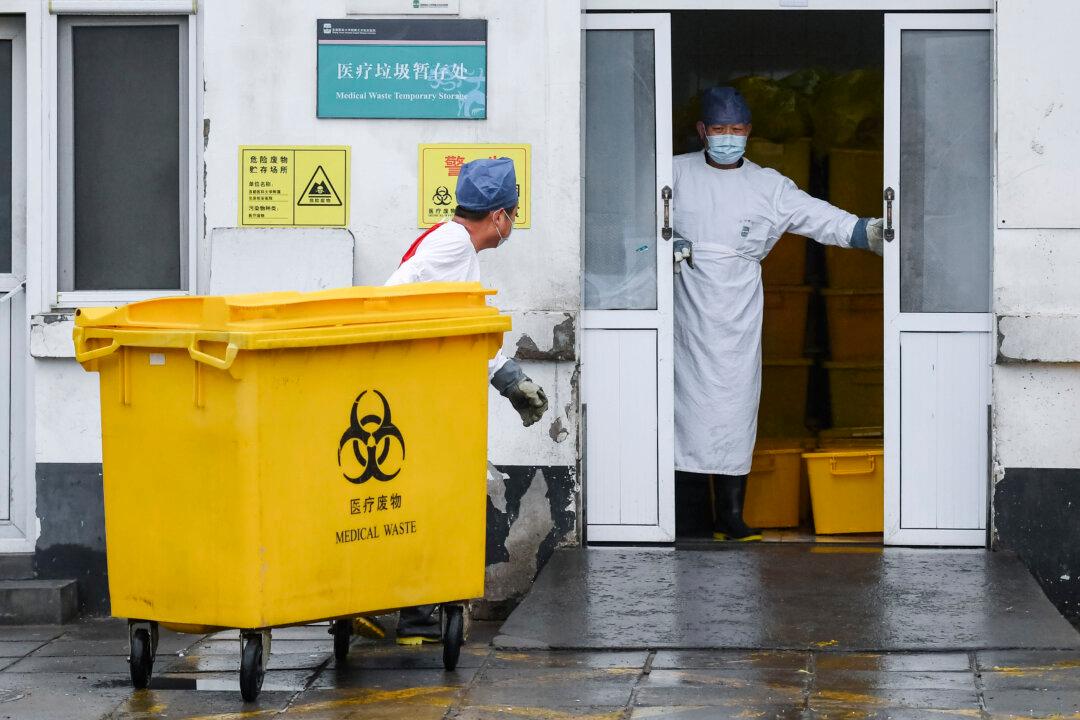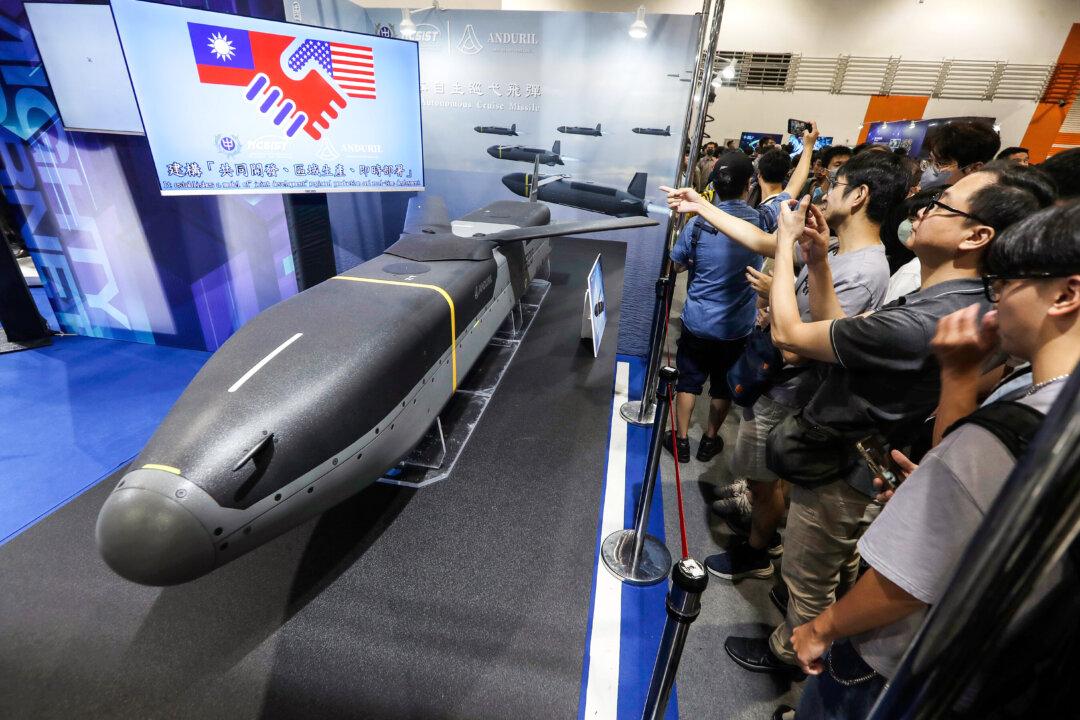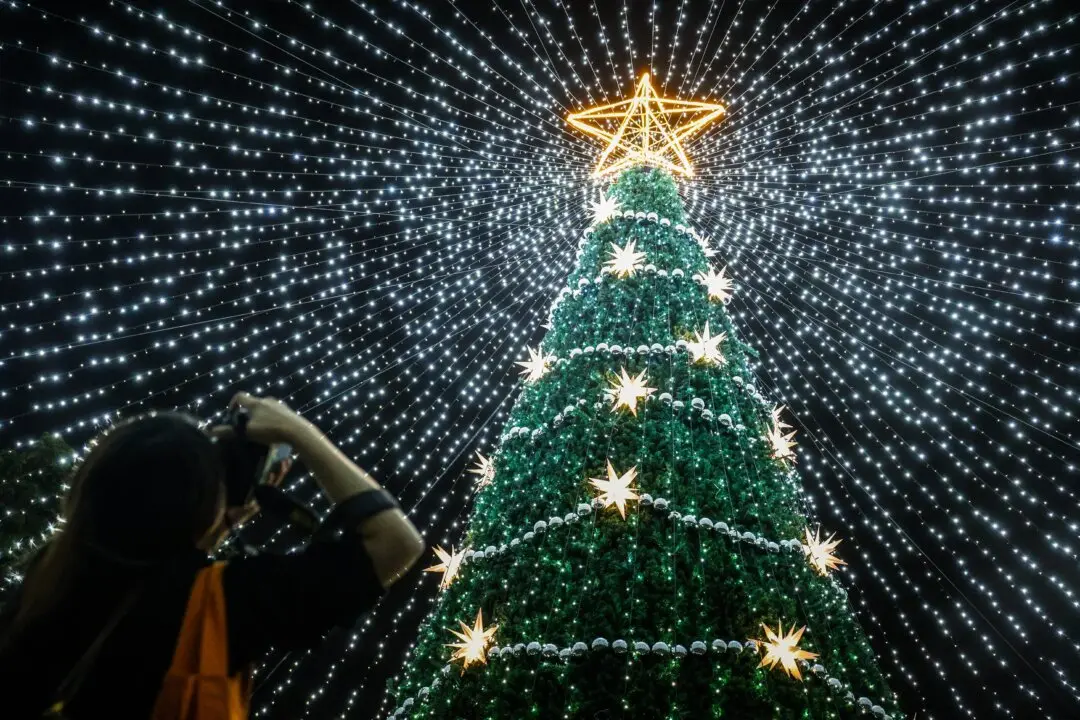A Chinese biomaterial firm has been accused of trading thousands of stolen cadavers in an eight-year scheme, according to a leaked court document.
Between January 2015 and July 2023, Shanxi Osteorad Biomaterial Co., previously a state-owned company, and an affiliated firm, allegedly acquired more than 4,300 human cadavers from several funeral homes, a transplant center, and a medical university, to make bone grafting materials.
The company supplied allogeneic bone implantable materials to hospitals across 13 provinces and cities, the document said.
The leaked prosecution’s document, dated May 23, was first posted on Chinese social media platform Weibo on Aug. 8 by Yi Shenghua, a lawyer from Beijing who has almost 2.8 million followers.
Yi told Chinese state-backed media The Paper on Thursday that he is not involved in the case and had obtained the document from a source familiar with the matter.
According to the document, police had seized more than 18 metric tons of raw and semi-finished material and 34,077 units of finished product from the companies involved.
It also said Shanxi Osteorad had forged donor registration forms and quality control papers.
According to the document, Shanxi Osteorad was founded in 1999 by state-owned China Institute for Radiation Protection.
One of the two shareholders of the company, Su Chengzhong, set up a separate firm, Sichuan Hengpu Technology Limited, in 2014, and sourced cadavers by gaining the control of four funeral homes using investment, subcontracts, or infiltration, the document said.
The four funeral homes, allocated in three provinces, allegedly sold bodies or bones of 4,000 deceased people to Sichuan Hengpu instead of incinerating them. The price was 2,000 Chinese yuan ($280) each, or 2,500 yuan ($349) if bones were extracted.
Some cadavers were dismembered at the funeral homes while others were dismembered at Sichuan Hengpu. The company has sold more than 1,000 cadavers to Shanxi Osteorad, with the remainder in storage, the court document said.
Medical Lab
Separately, a dissection lab at Guilin Medical University allegedly bought 450 cadavers from three other funeral homes—knowing most of the cadavers were stolen—for 900 yuan ($126) a piece, and paid bribes to personnel of the funeral homes.According to the document, researcher Lan Lingyuan did so with written permission of lab director Tian Shunliang, who stamped the agreements with official seal and approved equipment for dismembering the cadavers.
Transplant Center
Around a dozen cadavers were sourced from a top Chinese hospital that is a center for liver and kidney transplantation, according to the court document.Between 2015 and 2021, Li Zhiqiang, a doctor at The Affiliated Hospital of Qingdao University, allegedly sold around 10 cadavers to Shanxi Osteorad, with the price ranging between 10,000 yuan ($1,395) and 22,000 yuan ($3,070).
The document did not specify the source of the cadavers.
U.S.-based China commentator Tang Jingyuan said the document raises many questions.
“What’s more, Li dismembered the bodies, froze body parts, and sold them illegally and in secret. Both the bodies and their death were suspicious. How did they die? Why there were no families to claim the bodies?” he asked.
Tang said he believes the case illustrated a well-established system of cadaver trade in China and a black market economy backed by the Chinese Communist Party which treats human beings as a source of revenue dead or alive.
According to the court document, Li Baoxing, who ran Shanxi Osteorad, ordered four senior managers to forge consent forms and quality control reports, and had most of the company’s staff forge signatures of donors’ families.
After Yi posted the document on Weibo, several Chinese media outlets have reported the story, but the reports and a number of Yi’s Weibo posts are no longer visible.
Allogeneic graft is a type of bone grafting that uses a human donor’s bone. Other type of bone grafting include autograft which uses a patient’s own bone, xenogeneic bone graft where an animal donor is used, and synthetic bone graft materials are manufactured.







